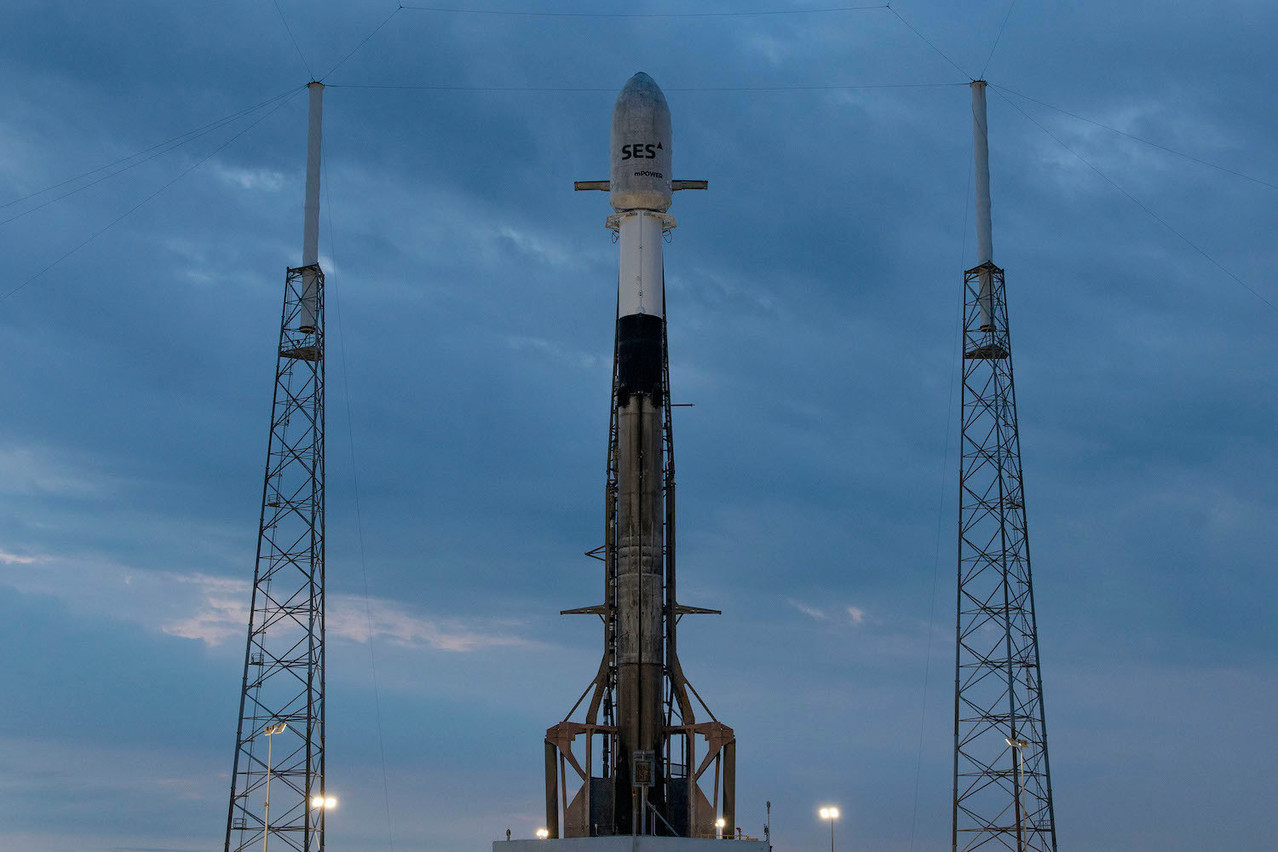“Go Falcon 9! Go SES!” At 11:49pm on Friday night, as the sun set in the orange California sky, SpaceX’s Falcon 9 lifted off. The two SES satellites it carried, the first of the new O3b mPower generation, were designed by Boeing and SES in 2017.
Once in orbit, the two satellites will be joined, if all goes according to plan, by four more in the first quarter of next year before commercial operations begin in the third quarter of 2023. It is enough to have six of the 11 satellites in orbit in operation to have global coverage.
This is bound to be a special moment for the Luxembourg company, which had to break its piggy bank to take 100% control of O3b, which was born to give connectivity to the three billion people who lacked it and has since become the most ambitious satellite connectivity project ever.
Read also
Why is it so important? Instead of thousands of low-orbiting satellites, the constellation of designed in Los Angeles at the legendary Boeing Satellite Systems factory will deliver fibre from the sky--in terabytes per second--in a mode that can be fully reconfigured on an ongoing basis according to the specific needs of customers, be they government agencies, telecoms operators, airlines or cruise lines, thanks to 5,000 beams per satellite. And all of that comes with the necessary ground infrastructure and the support of the cloud giants to smooth the flow of data.
“This launch is very special for us, as it marks the next big step in our medium-orbit system. Since its deployment, we have changed the lives of millions of people around the world. Today, with our second-generation O3b mPower system, we are delivering a disruptive technology that combines unparalleled multi-gigabit-per-second throughput across the globe with guaranteed reliability and industry-leading service flexibility,” said SES CEO .
“From concept to reality, the partnership with SES in developing this groundbreaking technology has been remarkable,” said Jim Chilton, senior vice president of Boeing Space & Launch. “Another period of intense collaboration now begins in the coming months as we prepare for the launch of the remaining nine satellites, and enable the first of them to accomplish their mission of connecting users around the world.”
SES immediately announced from its headquarters in Betzdorf that it had signed a new agreement with Vodafone, already a customer of the first generation O3b mPower, to enable the Cook Islands in the South Pacific to upgrade to 4G+.
While the satellites have not even started operating yet, SES is already working on the next generation of O3b mPower, again with Boeing.
A few minutes after lift-off, the rocket returned to sea on one of SpaceX’s autonomous droneship platforms known as “A shortfall of gravitas”. This rocket had already been used for the launches of CRS-22, Crew-3, Turksat 5B, Crew-4, CRS-25, Eutelsat HOTBIRD 13G and a Starlink mission.
This story was first published in French on . It has been translated and edited for Delano.
